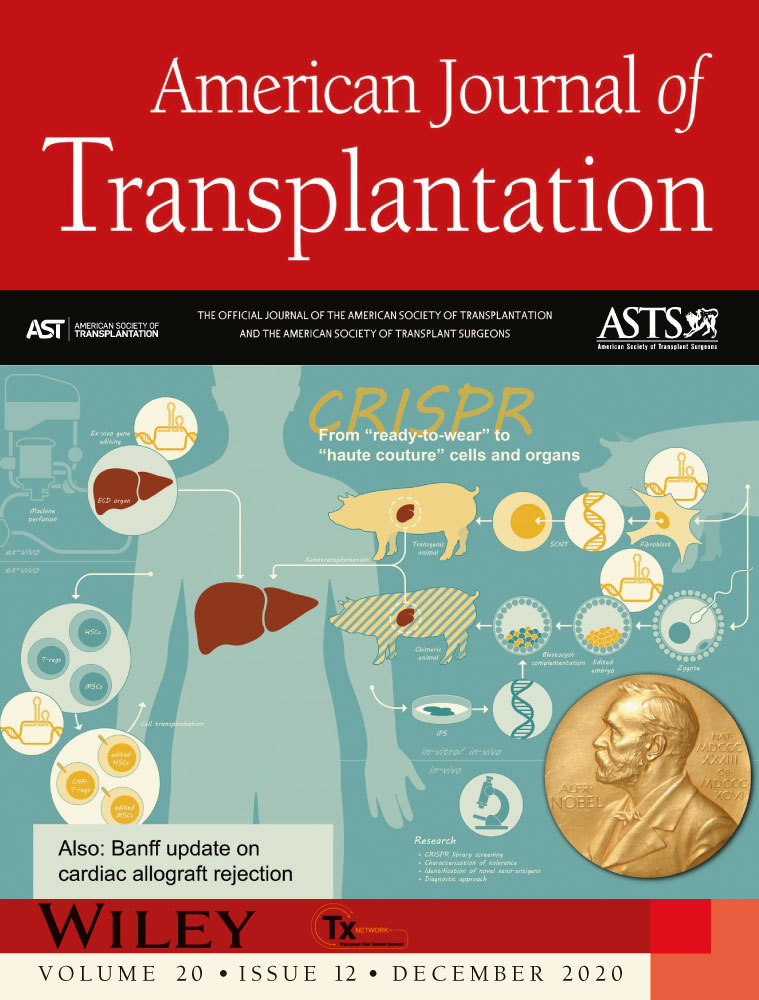The epidemiology of community-acquired respiratory viruses during the SARS-CoV-2 pandemic
Abstract
In regions of high COVID-19 endemicity, the incidence of other respiratory viral illnesses is depressed, which may reflect biologic displacement of other pathogens or the impact of preventive strategies to reduce transmission of SARS-CoV-2.
The initial spread of SARS-CoV-2 from China coincided with the usual period for many community-acquired respiratory viruses (CARVs) in the Northern Hemisphere. Multiple seasonal viruses are known to circulate including influenza virus A and B, respiratory syncytial virus (RSV), metapneumovirus, parainfluenza virus (PIV), and other human coronaviruses (HCoVs) of which only influenza is vaccine preventable and treatable. The initial clinical presentations of CARV’s may be indistinguishable from those of COVID-19 with symptoms including nasal congestion, sore throat, cough, fever, fatigue, and myalgias. Global annual mortality from influenza approaches 400 000 per year.1 Coinfection of COVID-19 with other pathogens has been reported to be low, but many such cases have been identified; the rate of coinfection with CARV’s may approach 5%.2, 3 Olsen et al in MMWR have identified a trend to displacement of influenza in areas with a high incidence of COVID-19 infection.4 The decrease likely reflects the displacement of influenza by COVID-19 and the effectiveness of interventions aimed at prevention of transmission of SARS-CoV-2. These data are consistent with those from Switzerland in which SARS-CoV-2 displaced the usual CARVs within only 3 weeks’ time.3 It is anticipated that SARS-CoV-2 and influenza viruses will both be active during the 2020–21 influenza season. These data emphasize the importance of respiratory viral prevention (vaccination) and identification of CARVs other than SARS-CoV-2 to allow appropriate infection control and cohorting for hospitalized patients. The detection of respiratory viral pathogens may be affected by the impact of the extraordinary demands for testing for SARS-CoV-2 in clinical laboratories faced with limited supplies of assay components and personnel.
Updated recommendations for 2020–2021 influenza vaccination are also summarized in MMWR.5 Immunocompromised hosts, including organ transplant recipients, are among the groups given priority for vaccination given the risk for severe disease in this group. The optimal timing for vaccination relative to recent organ transplantation is uncertain, but all recipients should be vaccinated annually. The composition of 2020–21 US influenza vaccines includes updates to the influenza A(H1N1)pdm09, influenza A(H3N2), and influenza B/Victoria lineage components. Two new influenza vaccines have been licensed for persons aged ≥65 years: Fluzone High-Dose Quadrivalent and Fluad Quadrivalent. Immunogenicity among persons with solid organ transplants varies according to factors such as transplant type, time from transplant, and immunosuppressive regimen.6 In one study of kidney recipients, vaccination in the first year after transplant was associated with a reduced rate of transplant rejection (aHR = 0.77; 95% CI 0.69, 0.85; P < .001) and death (aHR = 0.82; 95% CI 0.76, 0.89; P < .001).7 High-dose vaccination may be advantageous in organ transplant recipients.8 However, no preferential recommendation is made by ACIP for one influenza vaccine product over another.




